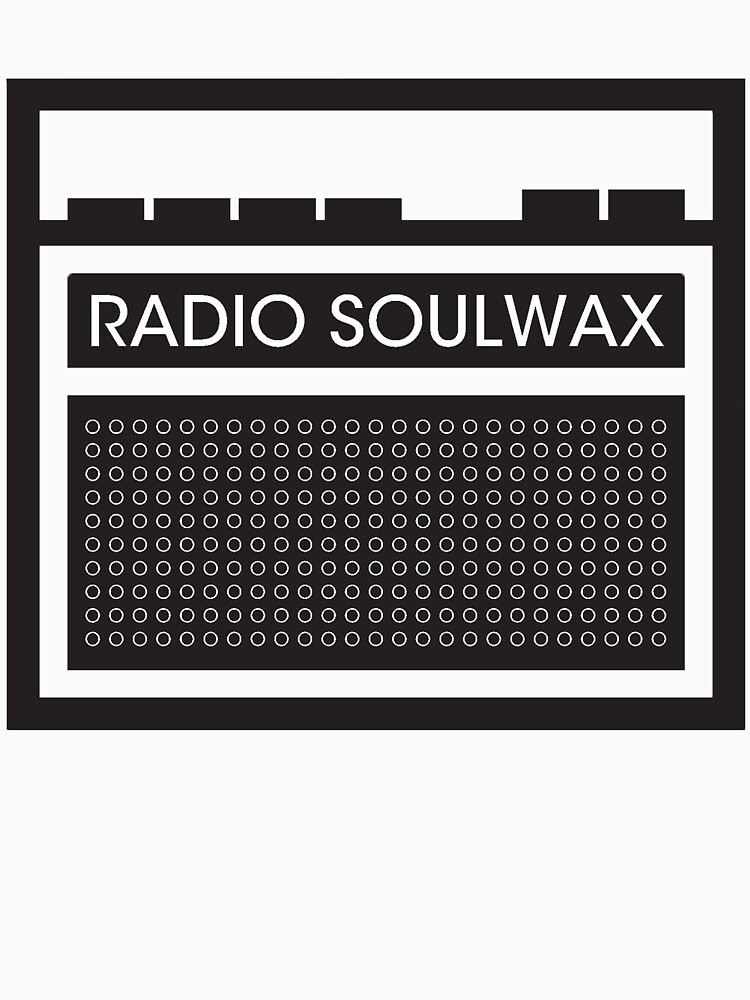Adam over at Bagging Area has long been a champion of things that bang and beat in interesting ways. He’s a particular standard bearer for Andrew Weatherall (and anything that bears his hallmark) and, thrillingly, he’s found himself falling into a role as co-curator of a Weatherall-inspired compilation album, Sounds From The Flightpath Estate Volume 1. Born from ‘wouldn’t it be great if…’ chat after a DJ slot at Todmorden’s Golden Lion, in a move that apes Weatherall’s own ‘fail we may, sail we must’ manifesto, the record – already sold out on pre-orders alone – is this week’s Compilation Of The Week on Lauren Laverne’s BBC 6 Music show. Based on that fact alone, the record must surely be fast-footing its way to a repress; the charts being what they are these days, time it nicely and the possibility of real chart action isn’t unlikely. What a thrill it must be to create something out of nothing, especially one that carries the inference of something further to come.
I’ll ‘Volume 1′ you, m’lad!
Let’s hear it for the instigators, agitators and originators of this fine new release. Virtual fist bumps all round.
This past week, coincidentally, sees four years since Andrew Weatherall’s passing and on the back of Adam and co’s album announcement, I’ve been scouring the forgotten b-sides of my old 12″ singles to eke out any of his remixes. That Petrol Emotion, Flowered Up, James and Sinead O’Connor all leapt up and out at the mere mention of his name, spinning themselves into the wee hours last weekend. All have been bent, buckled and battered out of all recognisable shape by Weatherall, not always for the better, if yr asking me, but they make for interesting and usually long-form listening – ideal in that post-midnight fug.
Weatherall’s own collective, Sabres Of Paradise crept up on me only after time. Other than the ubiquitous twin collossuses Theme and Smokebelch, the albums were lost on me as I gave myself over to the more popular/shallower end of ’90s music. I’d have heard Sabresonic from behind the Our Price counter, but I daresay it would have been shunted aside for the latest Suede release or Steps or something similar. Similarly Haunted Dancehall, with its striking open-razored cover and dark beats on the inside. Classics of course nowadays, but it took me a quarter of a century to appreciate that. Given that I absolutely loved Underworld’s Dubnobasswithmyheadman – and hindsight shows us that that record may well be the greatest album of the ’90s – I’m not sure how I never picked up on Sabres Of Paradise at the time, but there y’go. You can’t surf the zeitgeist all of the time. It’ll wear you out, man. Those folk that were into everything – absolutely everything – first? Bollocks they were.
Weatherall’s Sabres’ material, made with Jagz Kooner and Gary Burns, is often relentless, head-nodding, dub-infused techno, played at a slow and steady BPM. It can be claustrophobic and anxiety-inducing yet euphoric and rush-and-release magic within the same groove.
Sabres Of Paradise – Wilmot

Wilmot builds itself around a 90-year-old horn sample from a crackly calypso record by the fantastically-named Wilmoth Houdini. Pitch-shifted down a gear or two, the horns allow space for all manner of wizardry to clash and clatter around it; skanking, off-beat guitars, filling-loosening Simonon-ish bass, electronic whooshes, big beats, high in the mix percussion, ech-ech-ech-ech-echoing refrains, trumpets heralding the arrival of the Great God Pan himself. If you’re sitting half-cut on your sofa at an hour way past your normal bedtime, it may just be the record you need to hear. I bet it’d sound great just sitting on the London underground, whizzing below the city with no idea where you are.
As you may already know, Fatboy Slim would later use the same sample on his Mighty Dub Katz Son Of Wilmot release. Given that record’s title, I’d wager that Norman Cook was possibly more familiar with the Sabres Of Paradise track than the ancient original that provided the hook for Weatherall and the other Sabres. But anyway…
Centuras – Crisis

Released on Junior Boys Own, Crisis by Centuras is Weatherall in spirit if not in presence. Another long-form, chopped up dub cut, Crisis is stretched out, messed up reggae. A squeaky keyboard elbows the warped electronics out to the margins, making way f-f-for another f-f-fan-faring horn sample. Similar yet different. Or exactly the same sample as above? Who can tell? The beat rolls ever forward, propulsive yet glitchy. Figments of spliced vocal lines ghost in and out and a rhythm that brings to mind Primal Scream at their most creative…and Weatherall-affected carries it for 5 or so chin-stroking minutes.
It’s dance music, Jim, but I’d like t’see y’try.
Unexpectedly, I found this 12″ in a charity shop in Saltcoats. The track above is worth alone the 50p I risked on it. Re-sult, as the grate diggers refrain goes.
































